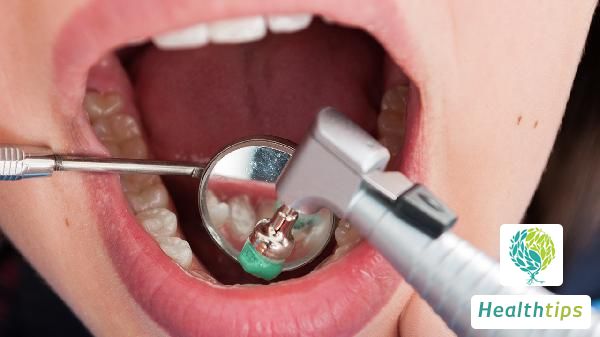"What Are the Symptoms of Hand, Foot, and Mouth Disease in Young Children?"
Infantile Hand, Foot, and Mouth Disease
Infantile hand, foot, and mouth disease (HFMD) is a contagious illness caused by enteroviruses, with over 20 types of such viruses known to trigger the condition. Common symptoms encompass fever, scattered herpetic stomatitis on oral mucous membranes, and maculopapular rash or vesicles on hands, feet, and buttocks.

Typical Symptoms
Fever: Most children exhibit fever, primarily of low-grade intensity.
Scattered Herpetic Stomatitis on Oral Mucous Membranes: Typically appearing on the palate and buccal mucosa, manifesting as small, shallow, red pinpoint congestion surrounded by a red halo. These lesions appear clustered but do not fuse, evolving into small grayish-white blisters after several hours, accompanied by significant pain.
Maculopapular Rash or Vesicles on Hands, Feet, and Buttocks: Skin lesions can develop on the palms, soles, the dorsal and lateral margins of fingers and toes, as well as the buttocks. They are round or oval in shape, approximately 5-7mm in diameter. Initially presenting as red maculopapules, they subsequently transform into fluid-filled vesicles containing clear serum, which are not easily ruptured. Some children may experience accompanying symptoms such as itching.
Other Symptoms
In addition to the aforementioned symptoms, infants and young children may also experience nausea, vomiting, coughing with expectoration, diarrhea or constipation, reduced appetite, lethargy, and in severe cases, encephalitis or pulmonary edema. If HFMD is suspected, prompt medical attention is advised for diagnosis through relevant tests, including blood routine examination, stool routine examination, and throat swab tests.
Upon confirmation of HFMD, treatment options under medical supervision may include medications such as Ribavirin Granules and Qingkailing Oral Solution. Daily routines should emphasize maintaining skin cleanliness and dryness, avoiding scratching affected areas to prevent infection.



















